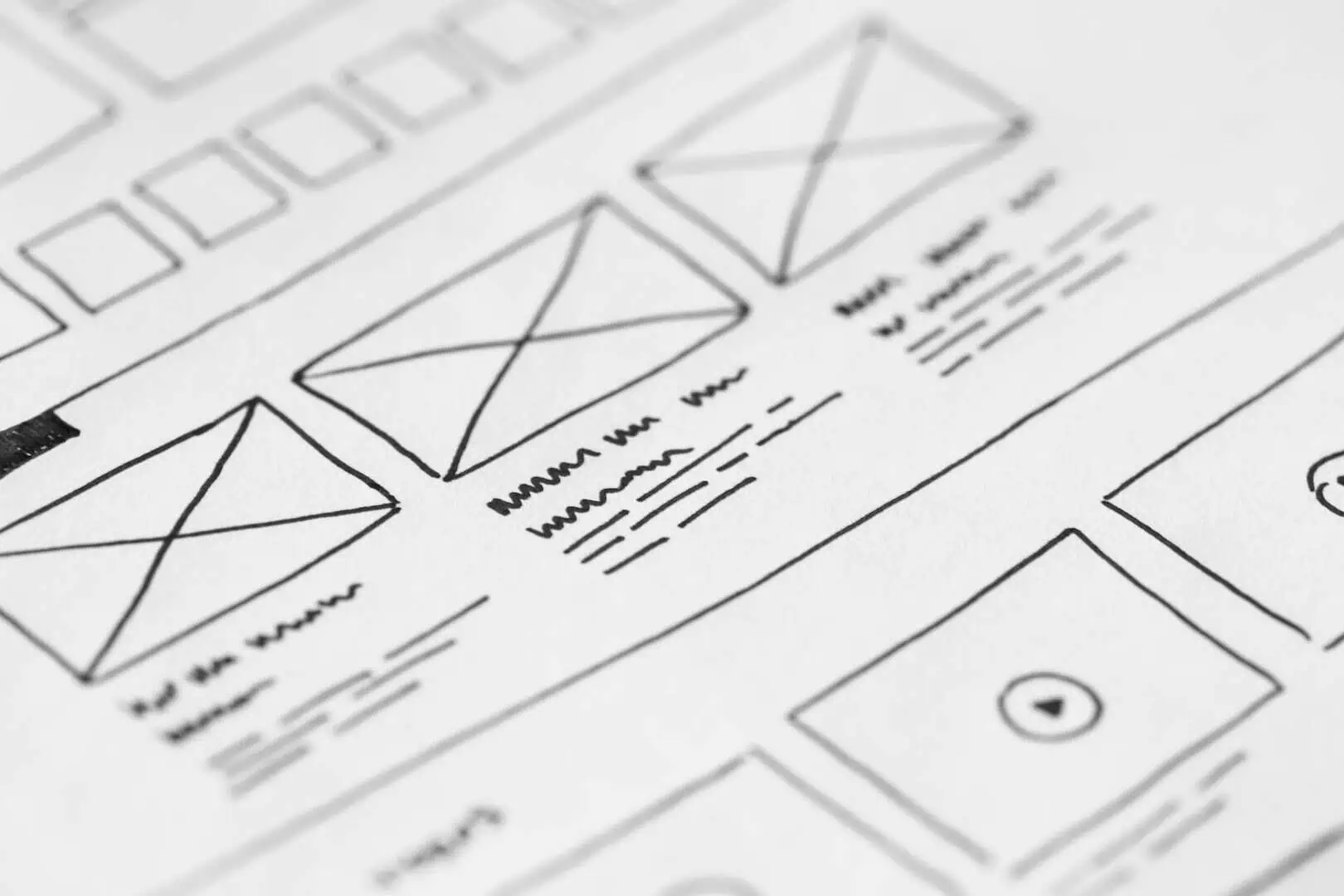In 2008, the App Store changed how we interact with digital services. Fast-forward to 2025, and websites have evolved from digital brochures to powerful brand experiences. Yet, many businesses still rely on cookie-cutter templates.
In this article, we’ll explore why having a custom website in 2025 isn’t just smart—it’s essential for visibility, conversion, and long-term growth.
What Is a Custom Website?
A custom website is designed from the ground up to fit your brand’s goals, style, and user needs. Unlike template websites, which are pre-built and adapted, custom websites are fully tailored.
Key Benefits:
- Unique design that reflects your brand
- Better performance and SEO
- More scalable and secure
“Off-the-rack may fit, but tailored commands attention.”
Why Templates Fail in 2025
With AI-generated content, automation, and thousands of competitors, using a template makes you blend in—when you need to stand out.
Common Issues with Templates:
- Generic layouts that don’t convert
- Bloated code that slows down your site
- Harder to optimize for SEO and performance
How Custom Web Design Improves SEO and GEO
Search engines and generative AIs (like ChatGPT or Google’s AI Overviews) prioritize content and structure that:
- Is uniquely written
- Loads quickly
- Matches intent precisely
Custom-built websites allow you to:
- Use clean, semantic HTML for better indexing
- Add structured data (JSON-LD)
- Optimize every page for speed and relevance
In 2025, digital visibility is not optional. It’s survival. A custom website gives you the flexibility, power, and uniqueness to stand out in both search rankings and AI-generated answers.
✅ Next Step: Get in touch!
